Samsung's Vision for Smartphone Photography: Transforming Telephoto Modules with 200MP Sensors
Samsung seeks to elevate telephoto modules on smartphones to "second main camera" status with 200MP sensors, promising improved zoom capabilities and better portrait photography.
Samsung is aiming to revolutionize smartphone photography by transforming telephoto modules into what they refer to as a "second main camera." Currently, telephoto sensors lag behind main cameras in terms of sensor size, resolution, HDR capabilities, and video frame rates.
To elevate telephoto modules to the status of a second primary camera, Samsung is banking on its 200MP sensors like the ISOCELL HP2 and HP3. These sensors are already making appearances in phones that lack the budget for a dedicated telephoto lens. Notably, these sensors offer 2x and 4x zoom capabilities at the same high resolution (around 12.5MP), which often matches the default resolution of main cameras.
The advantages of using a 200MP sensor for telephoto purposes are quite compelling. These sensors boast an abundance of pixels, which can potentially outperform a low-resolution sensor coupled with a long lens, especially when users zoom beyond the lens's focal length. A practical example demonstrates the benefits of using a 4x zoom with a 200MP sensor compared to an 11MP sensor employing 3x optical and 1.3x digital zoom, resulting in a close 3.9x zoom.
Looking ahead, Samsung envisions its 200MP sensors being paired with a 3x telephoto lens, potentially offering 3x, 6x, and even 12x zoom capabilities. This opens up exciting possibilities for photography enthusiasts.
Both the ISOCELL HP2 and HP3 sensors are impressive in their own right, with the former measuring at 1/1.3" and the latter at 1/1.4". They share a 4x4 deep-learning remosaic algorithm, a crucial component that rearranges the sensors' 4x4 Tetra²Pixel arrangement into RGB data. This process is executed efficiently on modern smartphone chipsets' fast DSPs and GPUs. These premium sensors also feature advanced autofocus and HDR capabilities, outclassing typical telephoto camera sensors found in today's smartphones.
Samsung underscores the significance of telephoto lenses for portrait photography. The primary cameras on current phones often have excessively wide angles, leading to distortion in portrait shots. Longer telephoto lenses naturally create a pleasing bokeh effect, separating the subject from the background. While computational photography has made significant strides in generating artificial bokeh, it occasionally falls short. Samsung points out that a larger sensor inherently produces a shallower depth of field than a smaller one at the same focal length, making these HP sensors a boon for portrait enthusiasts.
While Samsung has shared its vision for 200MP telephoto cameras, concrete plans for market availability remain undisclosed. However, industry insiders suggest that the Galaxy S24 Ultra may incorporate a 50MP 3x camera (a significant upgrade from the S23 Ultra's 10MP 3x camera), which would provide native 3x and 6x zoom capabilities. Nevertheless, this falls short of the hypothetical 200MP 3x camera showcased earlier. It's possible that Samsung already has experimental models in its research labs, given its current discussions on the topic.
Samsung's approach stands as an alternative to Sony's strategy, which employs variable focal length lenses similar to traditional cameras. Sony has implemented this technology in Xperia phones, though other smartphone brands are also exploring this approach.
Download your fonts:
Miss Waited Font - Free Download
Morelight Script Font - Free Download
Aleysia Script Font - Free Download
Sunday Cream Font - Free Download
Stephanie Script Font - Free Download
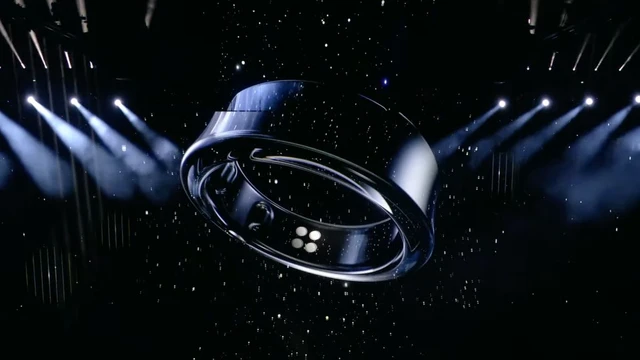


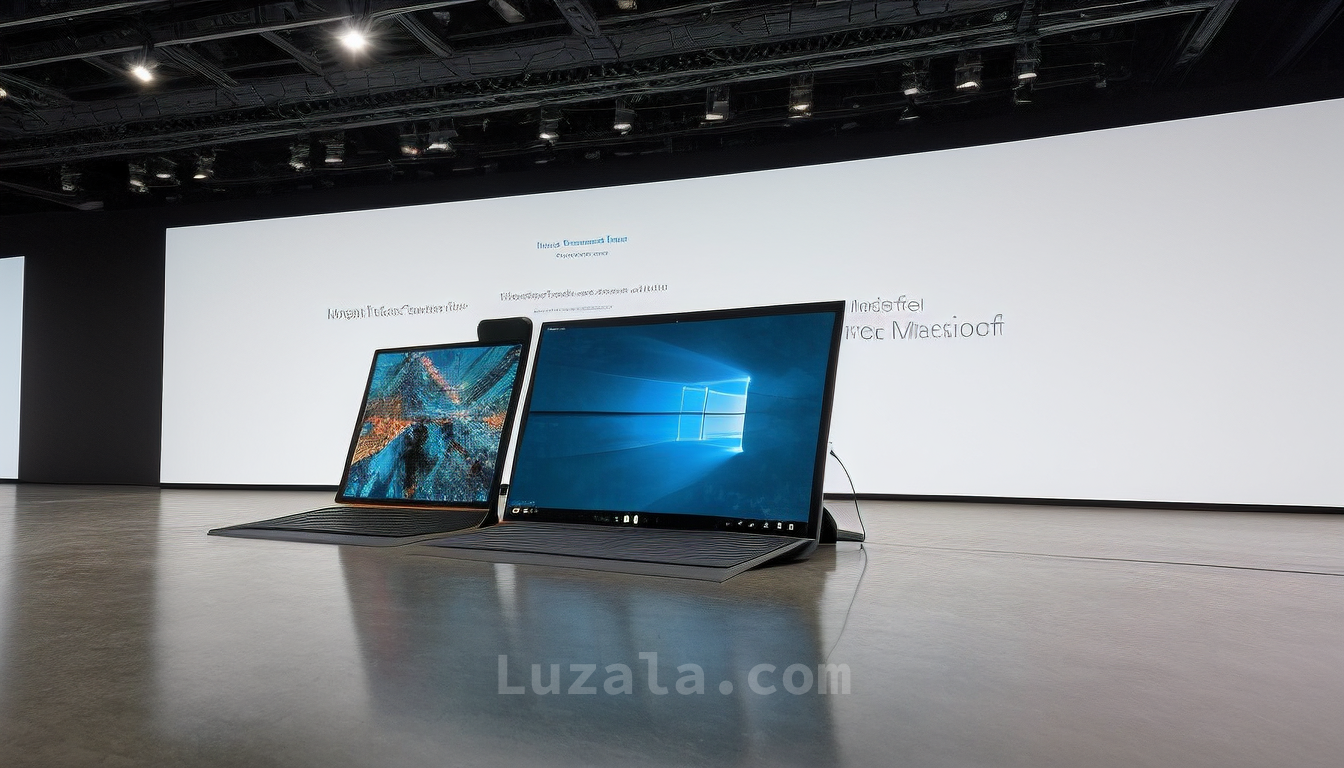
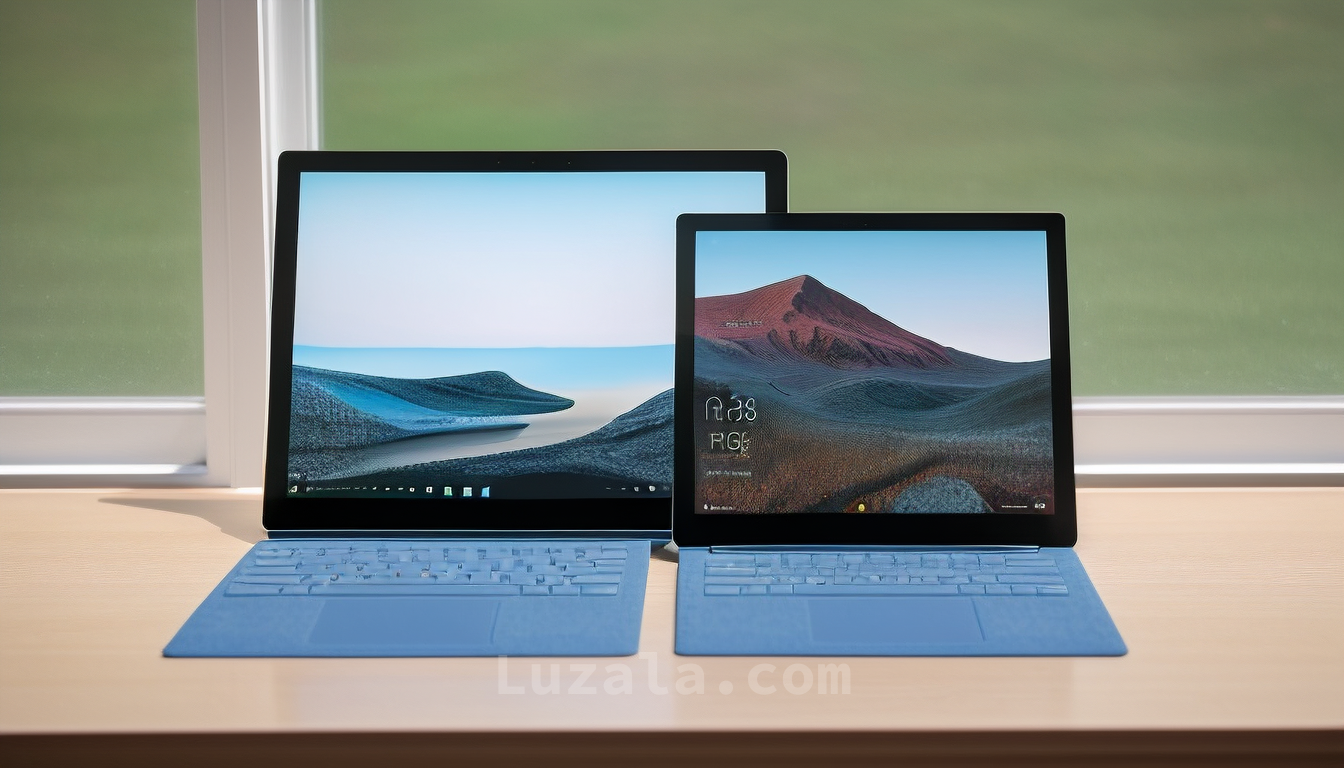

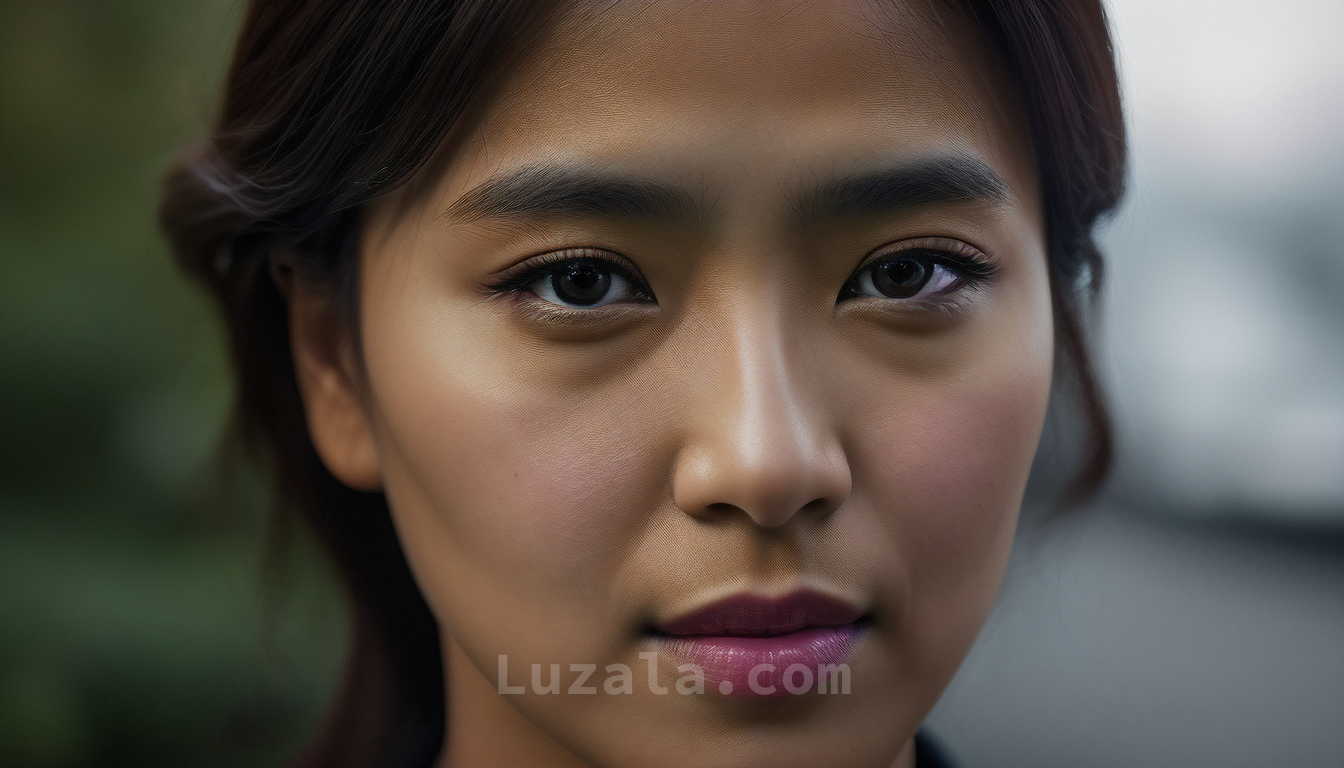
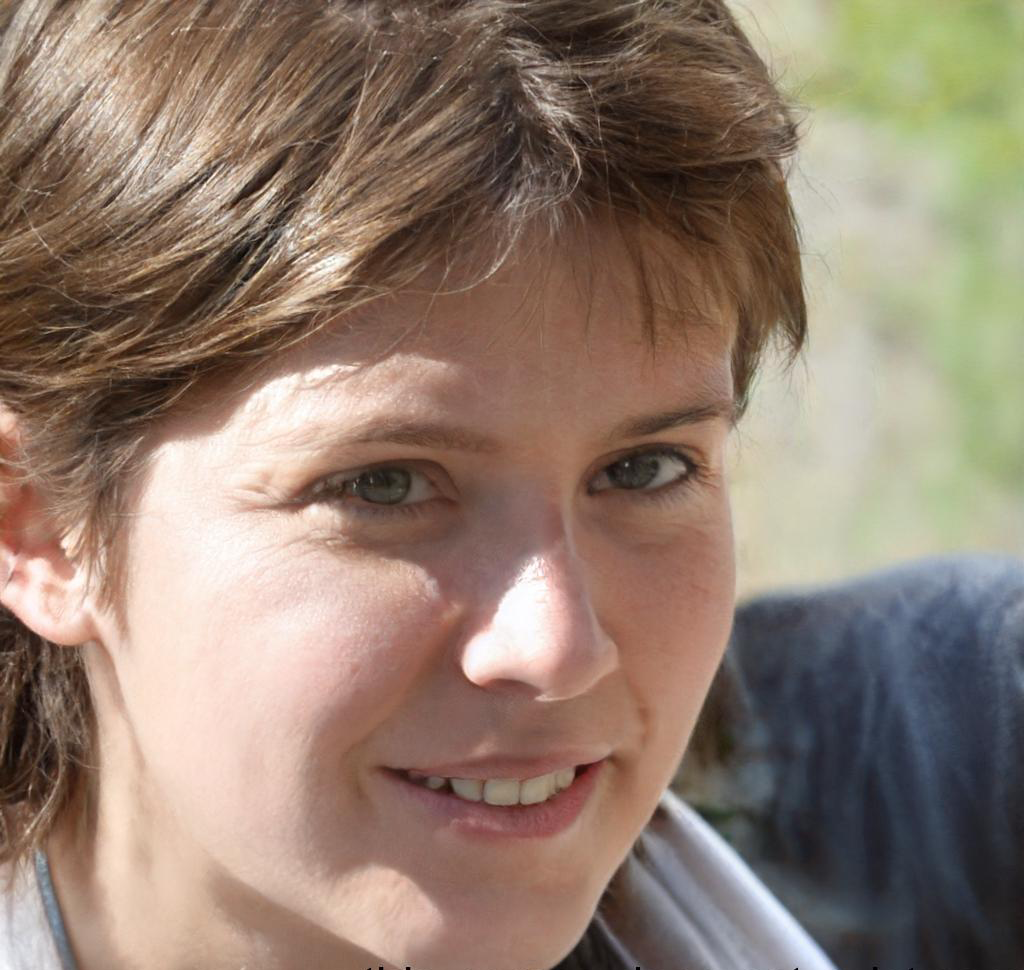
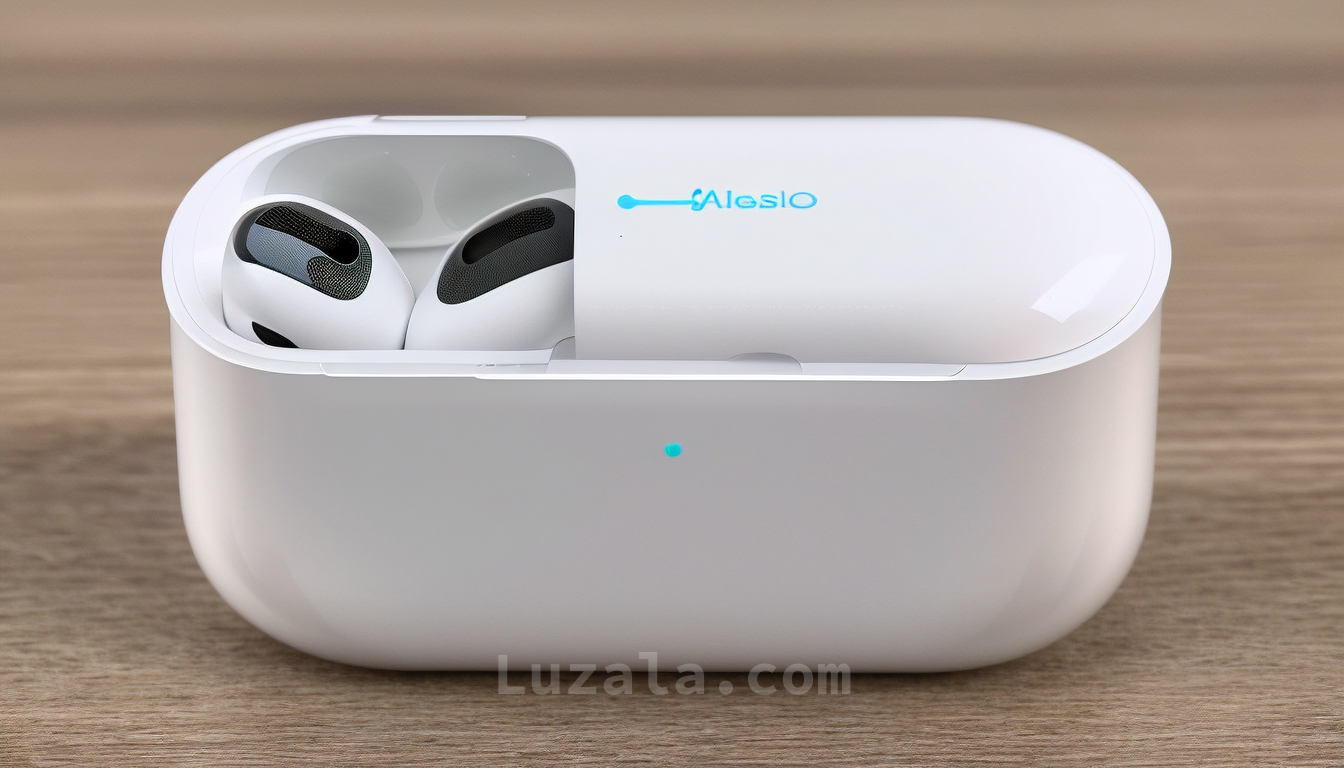
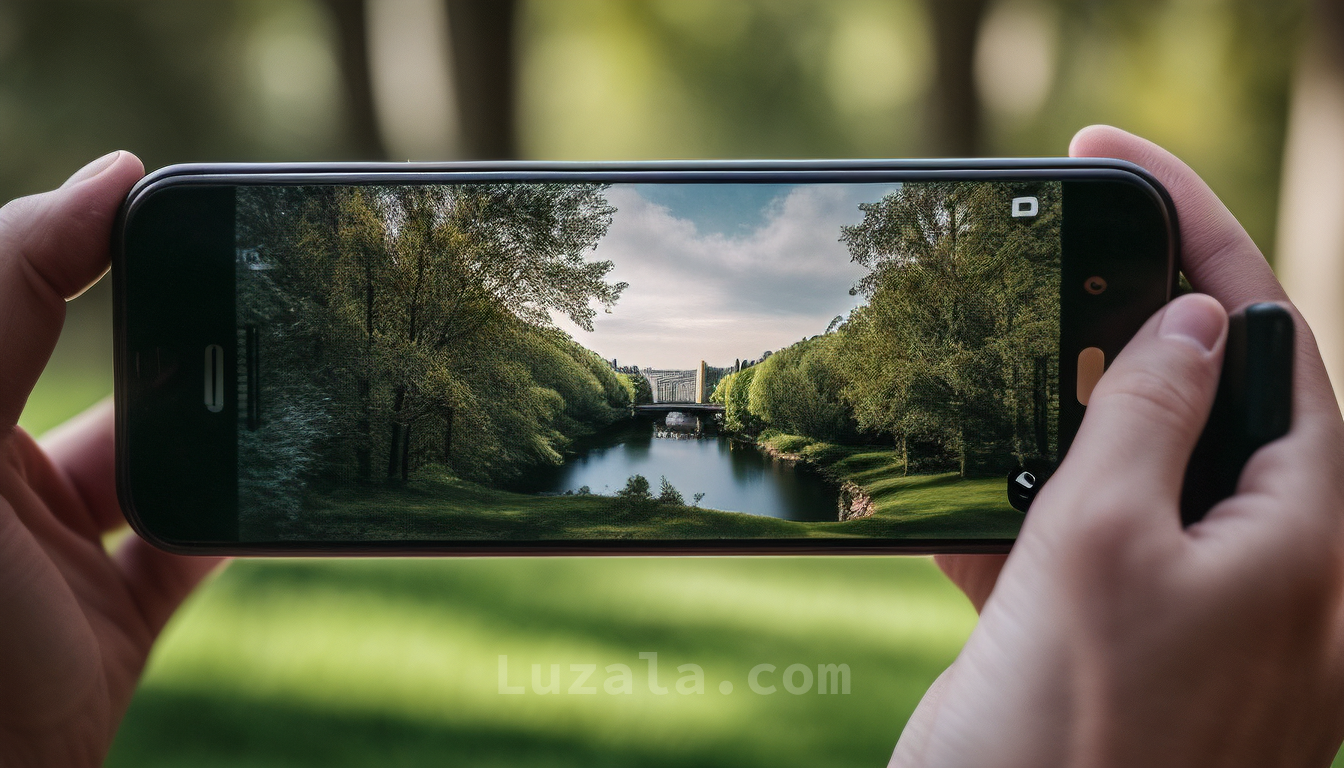





Comments